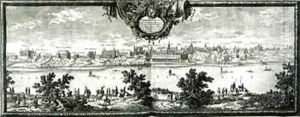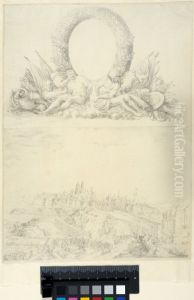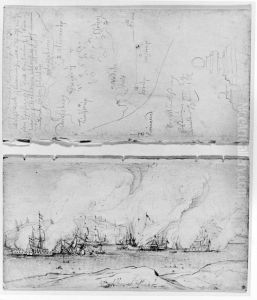Erik Dahlbergh Paintings
Erik Jönsson Dahlbergh was a Swedish engineer, soldier, and field marshal under the Swedish king Charles XI. He was born on October 10, 1625, in Stockholm, Sweden, into a family of modest means. Dahlbergh's early life is not well-documented, but he is believed to have been educated in the fields of military engineering and fortification design, which were crucial skills during the period of European history known as the Thirty Years' War (1618–1648).
Dahlbergh's military career began in the Swedish army, where his engineering and organizational talents were soon recognized. He served with distinction in several campaigns, and by the 1660s, he had risen to the rank of colonel. His skills in fortification were particularly valuable during the Scanian War (1675–1679) against Denmark-Norway, where he was responsible for improving the defenses of Swedish-held territories.
Beyond his military duties, Dahlbergh is most renowned for his work as a cartographer and topographer. He embarked on a major project to produce a detailed atlas of the Swedish Empire, which resulted in the magnificent 'Suecia Antiqua et Hodierna' ('Ancient and Modern Sweden'). This work, published in several volumes from 1660 to 1716, was a monumental achievement that provided an extensive visual record of Sweden's cities, castles, and countryside during the late 17th century. The engravings included in the atlas were based on Dahlbergh's own meticulous drawings and surveys, and they became an important resource for historians and scholars.
Dahlbergh's contributions to Sweden's military and cultural heritage were recognized by King Charles XI, who elevated him to the rank of field marshal in 1693. He continued to serve in various administrative and military capacities until his death on January 16, 1703. Today, Erik Dahlbergh is remembered not only as a military man but also as a significant figure in the development of Swedish cartography and topography. His legacy is preserved in the detailed and artful engravings of 'Suecia Antiqua et Hodierna', which continue to be appreciated for their historical value and artistic merit.


